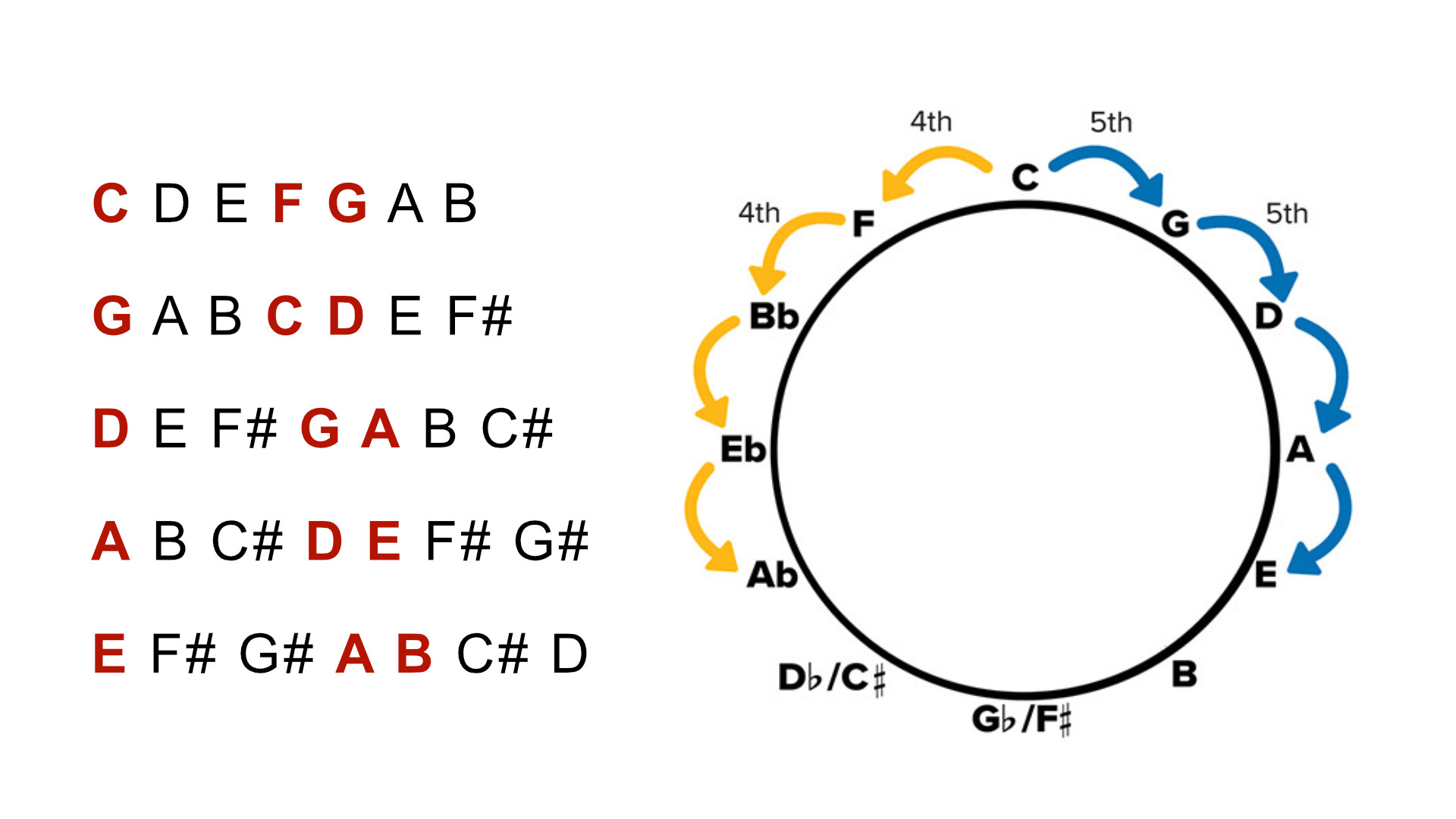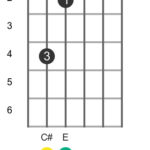Starting your guitar journey can feel like navigating a vast ocean of information. One of the first things beginners often wonder is: “What are the best guitar keys to learn?” Understanding guitar keys is fundamental because it unlocks a practical way to learn chords and start playing actual songs you love. Instead of randomly learning chords, focusing on keys gives you a structured and rewarding path to musical enjoyment.
What Are Guitar Keys, Really?
Think of a guitar key as a family of chords that naturally sound good together. Imagine you’re cooking – certain ingredients complement each other, right? Guitar keys are similar! They are groups of chords that create harmonious and pleasing sounds when played in sequence. Learning keys helps you understand which chords are most commonly used together in music.
Why Learn Guitar Keys as a Beginner?
Focusing on guitar keys from the beginning offers several key advantages:
- Context is King: Keys provide context for the chords you learn. You’ll understand how chords relate to each other, not just learn them in isolation. This makes your practice more meaningful and less abstract.
- Avoid Overwhelm: The sheer number of guitar chords can be daunting. Keys narrow your focus to a manageable set of chords that are immediately useful. This prevents feeling overwhelmed and keeps you motivated.
- Play Real Songs Sooner: Most popular songs are built around specific keys. By learning common beginner keys, you’ll quickly be able to play along with your favorite tunes and experience the joy of making music.
- Structured Learning: Learning keys provides a clear roadmap for your guitar journey. It’s a systematic way to build your chord vocabulary and musical understanding.
Top 5 Beginner-Friendly Guitar Keys
For beginner guitarists, some keys are more accessible and practical than others. These five keys are incredibly common in popular music and are excellent starting points:
- C Major
- G Major
- D Major
- A Major
- E Major
Around 80% of popular songs are based in these five keys! They primarily utilize open chords, which are easier to play than barre chords, especially for beginners. Mastering these keys will open up a vast repertoire of songs for you to learn and enjoy.
 Common Key for Guitar
Common Key for Guitar
Key of C Major
The key of C major is often mentioned as a fundamental key. However, it includes the F chord, which is typically played as a barre chord. Barre chords can be challenging for absolute beginners as they require more finger strength and dexterity. While C major is important, it might not be the absolute easiest starting point for everyone.
Key of G Major: A Great Starting Point
The key of G major is often recommended as an excellent first key for guitarists. It features the chords G, C, and D major – all of which are common open chords and relatively easy to learn. You can play countless songs using just these three chords in the key of G. Once you’re comfortable with G major, revisiting the key of C and tackling the F chord will feel more manageable.
Keys of D, A, and E Major
Keys like D, A, and E major are also fantastic for beginners. They build upon the same principles as G major, introducing you to new open chords and expanding your musical palette. Learning songs in these keys will further solidify your understanding of chord relationships and musical structure.
Understanding the Circle of Fifths: A Visual Guide
The “Circle of Fifths” might sound intimidating, but it’s simply a visual tool to help you understand and remember the relationships between keys. Imagine the circle below as a clock face. Starting at the top with C, and moving clockwise, each key is related by an interval called a “fifth.”
 Common Key for Guitar
Common Key for Guitar
Moving clockwise from C, you get G, then D, then A, and then E – exactly the common beginner keys we discussed! The Circle of Fifths visually represents how these keys are connected and provides a helpful way to memorize their order. Don’t worry about mastering the entire circle right away; focus on understanding the sequence of these beginner-friendly keys.
Expanding Your Sound with Minor Chords
Once you’re comfortable with major keys and their basic chords, you can start exploring minor chords. In any major key, there are related minor chords that add depth and emotion to your playing. For example, in the key of G major, E minor (Em) is a common minor chord.
Introducing minor chords opens up a whole new world of songs and musical possibilities. Many popular songs, from classics like “Unchained Melody” and “Leaving on a Jet Plane” to contemporary hits like Ed Sheeran’s “Perfect,” utilize chord progressions that incorporate minor chords within major keys.
Practical Tips for Learning Guitar Keys
- Start with Key of G: Begin by learning the G, C, and D chords and practice smoothly transitioning between them.
- Chord Changes are Key: Focus on practicing chord changes within each key. Even if you start slowly, consistent practice will build your speed and accuracy.
- Learn Songs in Each Key: The best way to internalize keys is to learn and play songs written in those keys. This puts your chord knowledge into a musical context and makes learning more enjoyable.
- Explore Chord Progressions: Once you know the basic chords in a key, start experimenting with simple chord progressions. This will help you understand how chords work together to create music.
Conclusion
Understanding Beginner Guitar Keys is a crucial step in your musical journey. It provides a structured and practical approach to learning chords and playing songs. Start with the key of G, master the basic chords, and gradually explore other keys like C, D, A, and E. Remember to practice consistently, learn songs you love, and most importantly, enjoy the process of making music! As you progress, continue to explore the fascinating world of music theory and guitar playing to unlock even greater musical possibilities.
If you have any questions, feel free to explore more resources on guitar keys and beginner lessons here at guitarplayers.net!

